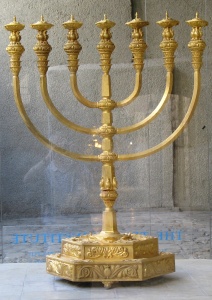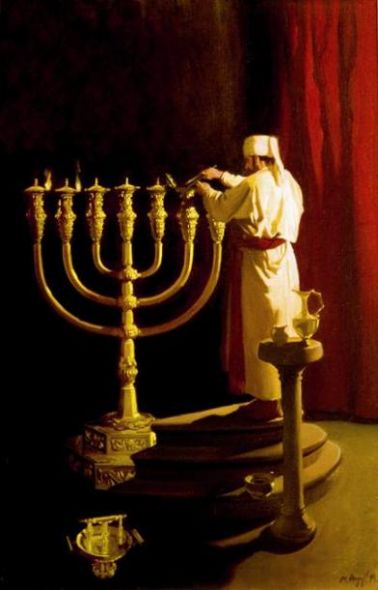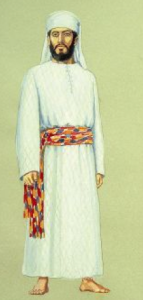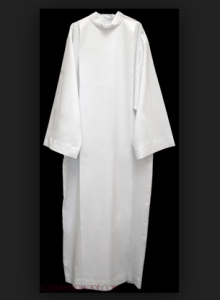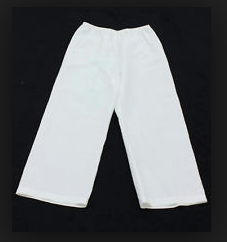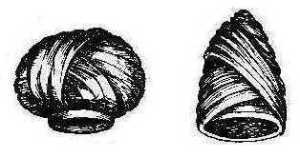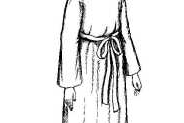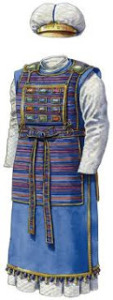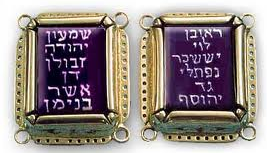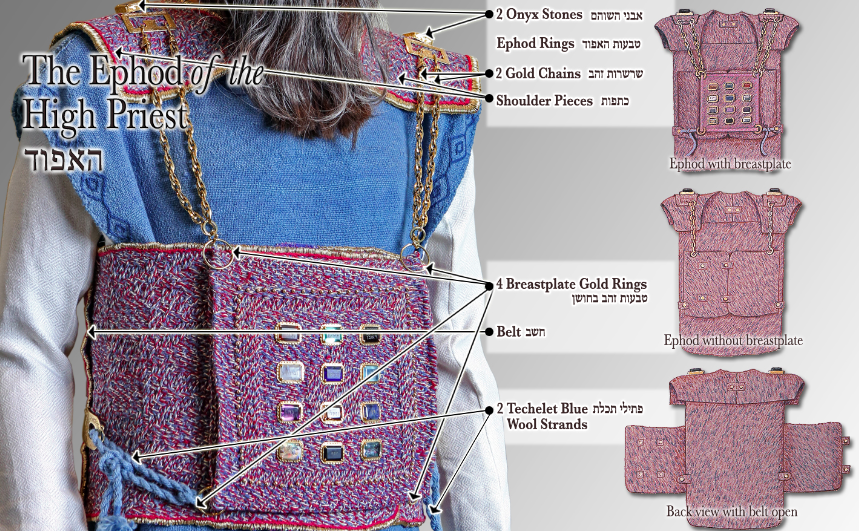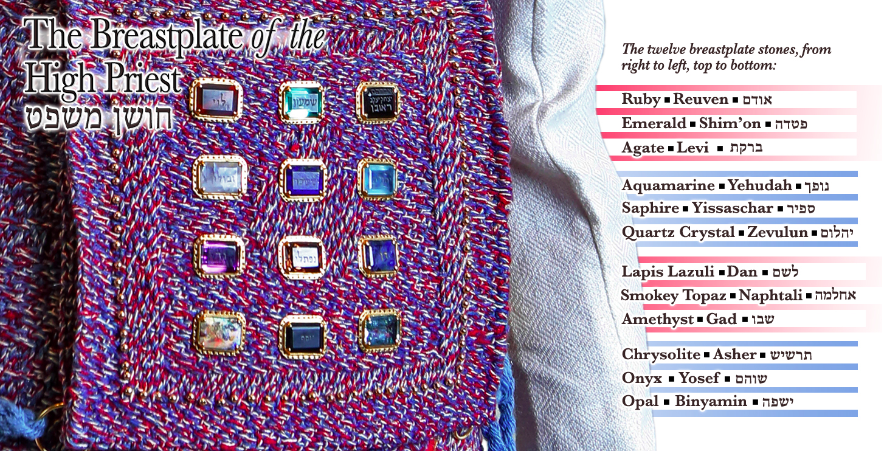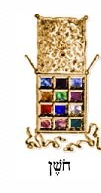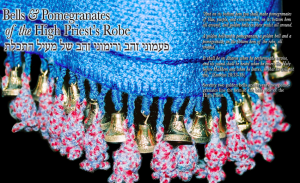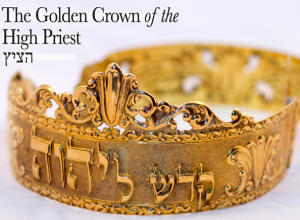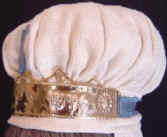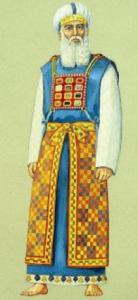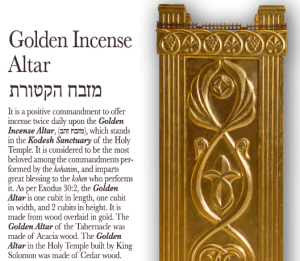תצוה
Parshat Tetzaweh (Tetzaveh)
Shemoth (Exodus) 27:20-30:10
“And you, you are to command the children of Yashar’al (Yisrael) to bring you clear oil of pressed olives for the light, to cause the lamp to burn continually.”– Shemoth (Exodus) 27:20
The Torah portion begins and you are to תצוה “tetzaweh” which is loosely translated “command.” However, the Hebrew word תצוה “tetzaweh” literally means to connect or bond, showing that a “commandment” is really a link to our Creator. The Hebrew word מִּצְוָה“Mitzwah” which is often translated commandment is directly related to the word tzawta meaning, “to connect.” Of course YaHuWaH gives us “commandments”, the purpose is to form a means of connection with him. The children of Yisrael are commanded to bring clear oil pressed from olives to the Kohanim (Priests) “l’maor l’ha’elot ner tamid” לַמָּאֹור לְהַעֲלֹת נֵר תָּמִֽיד which means “for the light of the burning lamp is perpetual.” The menorah, which is the seven-branched lamp stand, is an “esh tamid” or eternal fire and is not to be extinguished.
“In the Tent of Meeting, outside the veil which is before the Witness, Aharon and his sons are to tend it from evening until morning before YaHuWaH – a law forever to their generations, from the children of Yisrael.”– Shemoth (Exodus) 27:21
Every evening and morning Aharon and his sons are to tend the perpetual flame of the menorah.
The following 43 verses of this Torah Portion go into great detail describing the qodesh (set apart) garments that were to be made for the Kohanim (Priests).
“And you, take Aharon your brother, and his sons with him, from among the children of Yisrael, that he may minister to Me: Aharon, and Nadab, Abihu, Elazar and Itamar, the sons of Aharon.”
“And you shall make qodesh garments for Aharon your brother, for dignity and for beauty.”
The Creator designed the set apart garments of the Kohanim. YaHuWaH revealed the way he wants his servants to dress by vision to Mosheh. Not only was this the “dress code” for the Kohanim who were serving in the Mishkan (“tabernacle”) but this also served for a teaching tool. From the revelation found in these garments we should learn something about what YaHuWaH sees as dignity and beauty. The desire of our Creator is for us to be covered, modestly dressed and presented in an esteemed yet humble fashion.
All Kohanim (Priests) were required to wear four types of garments:
Ketonet
The Ketonet is a long linen “shirt” or tunic that reaches to the ground. The sleeves of the Ketnuet were also long. In the days of the forefather Ya’acob only princes and kohanim (priests) adorned such a garment. We know this by the distinction Ya’acob placed upon his beloved son Yahuwseph when he dressed him in a Ketonet and showed favor to him above all his older brothers.
Michnasayim
The word michnasayim simply means pants, in this case the pants were linen. The Kohanim were to cover themselves with long pants that reached to their bare feet.
Mitznefet or Migba’at
All Kohanim covered their heads with a linen turban or “hat”. In “Scriptural times” covering the head was a sign of respect and honor. A long band of linen cloth was wound around the head. Upon all the Kohenim’s heads the cloth was wound as a cone-shaped hat (migbahat), however the Kohen Gadol (Chief Priest) wore it as a broad, flat-topped turban (mitznefet).
Mitznefet Migbahat
Avnet
The savnet or sash was made of linen and was very long. It was wrapped around the waist several times and tied in the front.
Kohen Ha’Gadol
(Great/High Priest) was to wear an additional four types of garments.
Efod
The efod is much like todays idea of an apron however it would be worn “backwards” in comparison to today’s apron. The long part would be in the back and it would reach down to the ankles. A sash would be tied in the front beneath the heart of the Kohen HaGadol. The efod was to be made of blue, purple and red dyed wool yet with linen and gold thread. A band on each shoulder held up the efod. On each shoulder band was placed a “Shoham” or onyx with six of the names of the twelve tribes. Six names were worn on one shoulder and six on the other according to their birth.
Choshen
The choshen covered the heart of the Kohen HaGadol. Essentially it is a breastplate with a pocket. A rectangular piece of fabric was to be woven of the same materials as the Efod and then folded in half to make a square pouch measuring half a cubit by half a cubit which is roughly ten inches by ten inches square. The front was covered with twelve gemstones arranged by four rows in gold settings.
“A row of a ruby, a chrysolithe, and a beryl: this shall be the first row.
And the second row: a turquoise, a sapphire, and a diamond.
And the third row: a ligure, an agate, and a jasper.
And the fourth row: an emerald, and a shoham, and a jade…
And the stones shall be with the names of the children of Yashar’al (Yisrael), twelve, according to their names, like the engravings of a signet.”
Within the folded cloth, hidden behind the gems were the “Urim and Tumin” were inserted. These were two special gems used to discern YaHuWaH’s will. Urim means lights and tumim means perfection. It is said that the light of the menorah would light these stones and highlight letters on the breastplate of the Kohen HaGadol. We know according to scripture they indeed were used to convey messages from YaHuWaH. Number 27:21: “And [Yahuwshuwa (Joshua)] shall stand before Elazar the Kohen, who shall ask counsel for him after the judgment of the Urim before YaHuWaH: by this word shall they go out, and by this word they shall come in, both he, and all the children of Israel with him.” The reason the breastplate was called the “breastplate of judgement,” is because it was used for regulating decisions for the people.
The breastplate should be firmly bound upon the Kohen HaGadol’s chest by gold chains which were attached by the corners fittings on the efod’s shoulder stones. Blue ribbons of wool bound gold rings to the bottom corners of the breastplate to attach the sash.
And Aharon shall bear the names of the children of Yisrael on the Breastplate of Judgment upon his heart, when he goes in to the qoodesh place, for a perpetual remembrance before YaHuWaH.”
Miel
The Miel is much like a cloak similar in form to the poncho.
And you shall make the cloak (miel) of the Efod all of blue [wool].
There shall be a hole for the head in the middle… Beneath, upon the hem of it, you shall make pomegranates of blue, purple and scarlet, round about its hem; and bells of gold between them round about. A golden bell and a pomegranate, a golden bell and a pomegranate, upon the hem of the Mantle round about.
It shall be upon Aaron when he comes to minister; and it’s sound shall be heard when he goes in to the qodesh place before YaHuWaH…
Tzitz
The tzitz is a crown but more accurately a plate of gold with the inscription “Qodesh l’YaHuWaH” meaning set apart to YaHuWaH. This plate was affixed to the forehead of the Kohen HaGadol and tied about with blue cords.
“And they shall be upon Aaron, and upon his sons, when they come in the Tent of Meeting, or when they come near to the Altar to minister in the holy place, that they bear not iniquity and die. It shall be an everlasting statute to him and his seed after him.”
It should be noted that the Kohanim served in the Mishkan and later in the Beit HaMiqdash (House of Sanctuary or Temple) barefoot. This is reminiscent of Mosheh’s encounter with the “burning bush” where he was commanded to take off his sandals because the ground he was on was qodesh. This was done for qodesh purposes, although scientifically it was beneficial for the Kohanim because being barefoot “grounded” them.
Notice the basic garments of all Kohanim (priests) were 100% linen except for the Kohen HaGadol’s additional garments. Linen is made from flax and is proven to reflect light 1,000 times more than any other fabric. For this reason sheets in hospitals and nursing homes are linen, and it is proven that wearing linen increases your body’s ability to heal and rejuvenate.
Mosheh is directed to initiate Aharon and his sons into the Kahunah (Priesthood). This process takes seven days, during this time Mosheh assumes role temporarily as Kohen HaGadol by offering a series of sacrifices namely an ox, two rams, and several types of unleavened bread prepared with olive oil.The daily offerings were also done each of these seven days, which are to be brought every morning and afternoon upon the altar. In combination with all these a yearling lamb, a tenth of an eifah of fine flour, a quarter hin of finely-crushed olive oil and a quarter hin of wine.
This shall be a continual burnt offering throughout your generations at the door of the Tent of Meeting before YaHuWaH; where I will meet you, to speak there to you.
There I will meet with the children of Yisrael, and it shall be sanctified by my esteem…
I will dwell among the children of Israel… And they shall know that I am YaHuWaH their Elohim who brought them out of the land of Mitsrayim (Egypt), that I may dwell among them; I am YaHuWaH their Elohim.
Mizbeach HaKetoret
The final ten verses of Tetzaweh are dedicated to describing the Golden Altar. In the previous section of Torah we learned about the Mishkan and all of its vessels, however the Golden Altar was not mentioned at all until after the Kohanim’s garments.
And you shall make an altar for the burning of incense; of shittim wood shall you make it. A cubit shall be the length of it and a cubit its breadth, foursquare shall it be, and two cubits shall be its height; the horns thereof shall be o the same.
And you shall overlay it with pure gold, its top, and its sides round about, and its horns; and you shall make for it a rim of gold round about…
The Altar of incense is a golden, baving rings and carrying poles to transport it. The Altar is to be placed in the center of the outer chamber in the Qodesh place of the Sanctuary, “before the Veil (Parochet) that is by the Ark of the Testimony.” The golden altar should be used only for the two daily burnings of the Ketoret (incense):
And Aharon shall burn upon it sweet incense every morning: when he dresses the lamps, he shall burn incense on it. And when Aharon lights the lamps at evening, he shall burn incense upon it, a perpetual incense before YaHuWaH throughout your generations.
Once each year the Golden Altar is to serve an extra purpose. On Yom Kippur (Day of Atonement), the Kohen HaGadol sprinkled the blood of the offerings on its “horns.” “Once in the year shall he make atonement upon it throughout your generations: it is most qodesh to YaHuWaH.”
By self-revelation, YaHuWaH gave his instructions (torot) to his people. Therefore every single measurement, every pattern, even the material to be used is all relevant and packed with spiritual information. A study on the priestly garments alone could provide hours of information from only a small section of verses. Yahuwshuwa Ha Mashyach (the Messiah) is not only the melek (king) he is also a Kohen HaGadol. However he is not from the tribe of Lewi but Yahuwdah. His Kahunah (Priesthood) precedes the Lewite Kahunah (Priesthood). He is a Kohen after the order of Malki Tsedek who brought forth bread and wine to the Patriarch Abraham. It is prophesied by the mouth of Dawid (David) in Psalm 110, that Messiah would be his descendant and that he would be of the ancient order of Malki Tsedek. Yahuwshuwa is the Kohen of the Dwelling Place in shamayim (heaven/space). We were called by YaHuWaH to be a qodesh nation of Kohanim (Priests). This is why in the resurrection , the righteous inherit pure white linens from YaHuWaH. We are called to offer up spiritual sacrifices from “the bulls of our lips” as Hoshea says. Each and every day our prayers should rise like incense before YaHuWaH’s “mercy seat” in Shamayim (heaven).


